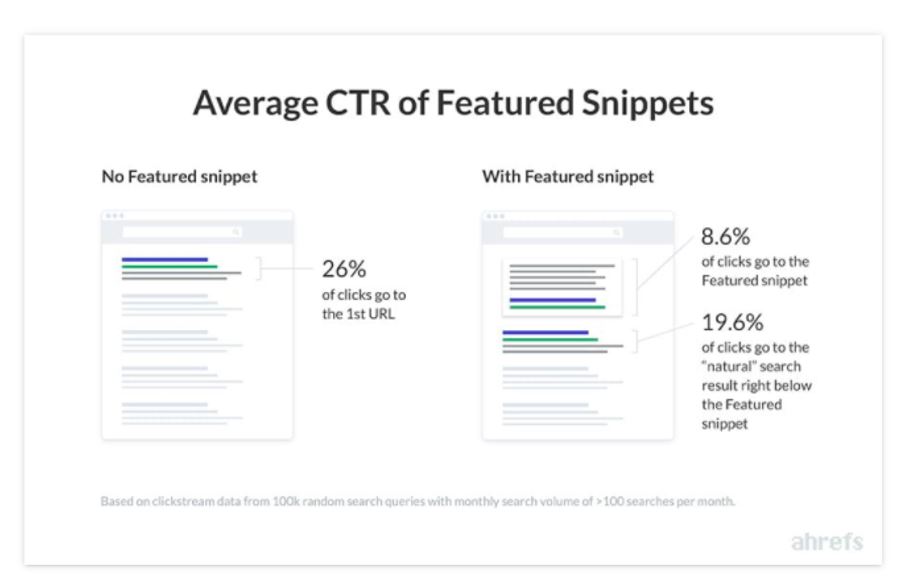
SEO is a lot like dieting. There is so much advice out there promising fast results. Most of which fail to deliver. Plus, most of the quick fixes and shortcuts that defined SEO strategies, in the beginning, don’t work anymore.
If you are implementing outdated SEO practices, it is time to discard them. You should also know that many of the new and highly touted SEO strategies won’t work for you.
Still, many legit SEO strategies take time to show results. To start with, you will have to spend time optimizing your website properly. Luckily, you don’t need a Ph.D. in computer science to do it. Although it takes months and years to show results, your SEO strategy doesn’t have to be outdated.
Let’s focus on the actionable and proven search engine optimization strategies that will help you today. These 6 tips include the most important SEO basics. Which anyone can apply to rank their website better in the search engine results (SERPs). I bet you would’ve skipped many of them.
Optimise Your Website For The Audience
One of the biggest mistakes companies make while trying to implement SEO is that they optimise the site to appease search engines, and not for humans.
Sure, search engines determine your organic ranking. However, to determine how a page ranks, search engines turn to the users. For example, Google uses metrics such as dwell time, pages visited, bounce rate and more to indicate how much a user enjoys your website. If the visitor stays on your site for a long time or visits many pages, it shows your website is useful and relevant.
However, when your website isn’t optimised for the audience, you risk them bouncing from your web pages, which results in lower rankings in the search results and less organic traffic.
To prevent this, focus on writing for the readers first. When you write in a language that people understand, you will keep them on your page for longer. Writing for humans helps in improving rankings and increased organic traffic to your website.
Increasing The Engagement By Creating High-Quality Blog Content
One of the best SEO tips to increase your organic search traffic is by blogging. Creating high-quality content helps you reach your audience, drives people to your website and gets them to remain on the site.
In-depth blogs boost your website’s trustworthiness and authority, driving more traffic to your page. Blogging enables you to bring more leads to your website by providing information that the audience is searching for.
Publish content regularly to drive organic traffic continuously. You can format this content in the form of videos, blogs, infographics, e-books and whitepapers. Create a variety of content to attract new leads. This establishes you as an authority in your field. When readers spend more time on your website reading your blogs or watching the videos, it sends a positive signal to Google. Your website is relevant to the user’s search queries. This helps you rank higher so that more people will find your content.
High-quality content is a great way to gain brand exposure and relevant traffic to your business website.
Optimise Your Content For Featured Snippets
Can you outrank the #1 position on Google even when you don’t have significant backlinks on your website?
The answer is, yes. By claiming a featured snippet.
A featured snippet is a block of content that contains the exact answer to your query. Because it is found even above the first organic results, it is called position 0.
The featured snippet space has become highly-after because it gets more eyes than the first search results. The top organic results get 34% of the total clicks. When a featured snippet appears in the search, the click-through rate (CTR) of the first position drops by 8%.

When a featured snippet is present, more people click on it because they see the answer to their question at a glance. Additionally, you can appear as a snippet even when you rank in the 4th, 5th or lower position.
The feature snippets appear in the form of:
- Bullet lists
- Paragraph
- Video
- Table
- Image
So how do you appear in a featured snippet? While there is no single answer to earn the featured snippet position, here are the 2 main strategies to increase your chances to rank for this spot.
- Use bulleted or numbered list to answer the query – Don’t litter your page with lists. Find an appropriate position to integrate the list.
For example, if you are writing about “how to use videos for lead generation” a numbered list of tips would be helpful to the readers.
- Giving to-the-point answers – Provide direct and clear answers. Don’t bluff or add unnecessary words.
Deliver your answer precisely to increase your chances of appearing in the snippet. Integrate your core keywords in the section you are optimizing for the featured snippet. Add relevant videos and images with the snippet query.
Target Long-Tail Keywords On Your Pages
Long-tail keywords play a crucial role in helping your page appear in front of people searching for your business.
When you choose the long-tail keywords, the most qualified and relevant audience will land on your website.
For example, if you try to rank for one- or two-word keywords such as “resume for job” it won’t make sense even if the keyword drives tons of traffic. They may not click on your listing because when someone searches for a “resume” or “resume for job” it is hard to know the user’s search intent. They could be looking for various types of information such as general, about a service, product, or on similar lines.
When you include long-tail keywords you know exactly what the user hopes to find. Focusing on keywords such as “resume template for engineering jobs”, “resume samples for fresher” will drive more interested leads to your website.
As you rank in relevant search results, you are likely to drive more traffic to your page. Visitors will spend more time on your website. This sends a positive signal to Google as per the RankBrain algorithm indicating that your page is relevant, helping you rank higher in the search results.
To find relevant keywords for your website and each page, you can use:
- A Google search shows you the type of questions asked. You can use these keywords as well as those that Google suggests at the bottom of the search results.
A trick here is to target multiple long-tail keywords instead of going for 2 or 3 highly competitive ones.
Focus On The User Experience
Seemingly less obvious, focus on the user experience while optimizing for SEO. When your page is user optimized, it keeps the audience on the website for longer. Positive user experience is proportional to the dwell time on the page.
When you provide the user with a smooth experience on your site, they will have a favourable opinion of your brand. Here are the 3 aspects you should improve, to make your website user-friendly.
Make The Navigation On Your Website Easy To Use
Don’t let your users struggle to find information on the web pages. Good navigation means simple and easy to use the website for the readers to remain on your website and read your content.
Make Your Website’s Design Appealing
Your website’s design should be modern, simple and eye-catching for the visitor, to drive leads to your page. Remove popups, have 14 px+ font, use subheadings, videos and images.
Make Your Website Mobile-Friendly
What’s the use of a beautifully designed website if your mobile readers cannot view the information properly? To improve the user experience, ensure that your website is mobile-friendly.
Focus On The Search Intent
As per the RankBrain algorithm, search intent, also called user intent is Google’s #1 ranking factor. To succeed with SEO, search intent must be an important part of your approach.
With Google’s report on “How Search Intent is Redefining the Marketing Funnel” if your page does not satisfy search intent, it is not going to rank.
Let’s take the example of keyword “backlink checker”.
If you notice, they’re all tools. This means people don’t watch to read about how content checkers work. The results are dominated by articles that list the best tool.
A quick way to start is by reoptimizing your existing content for the search intent. This is a good way to get traffic to your blogs without having to revamp the content from scratch.
Wrapping Up
Whether you are running a blog, an ecommerce store, a SaaS website, or a brick and mortar store, these 6 tips should be followed by everyone. Follow them for every page of your website. They are a good starting point to help your website rank better, organically.
The post 6 Actionable SEO Strategies To Help Your Website Rank Better appeared first on Inc42 Media.